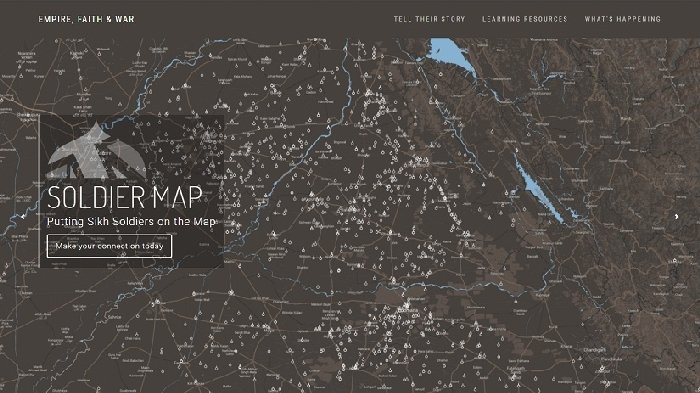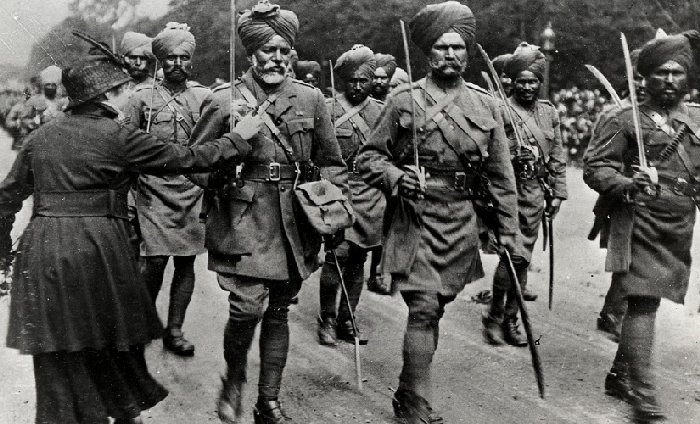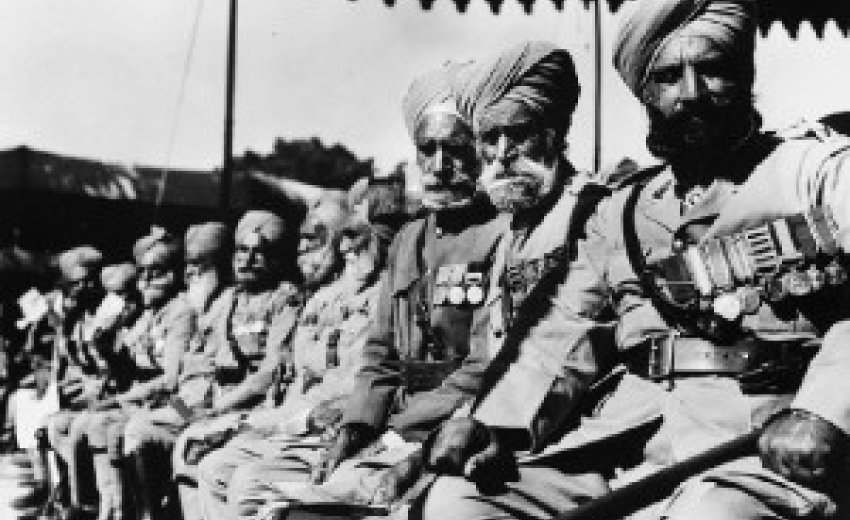Jul 17, 2016: In Shashi Tharoor's essay for the BBC, on why the Indian soldiers who took part in WWI were forgotten, he writes a poignant paragraph that puts things into perspective.
These men were undoubtedly heroes — pitchforked into battle in unfamiliar lands, in harsh and cold climatic conditions they were neither used to nor prepared for, fighting an enemy of whom they had no knowledge, risking their lives every day for little more than pride. Yet they were destined to remain largely unknown once the war was over: neglected by the British, for whom they fought, and ignored by their own country, from which they came.
Part of the reason is that they were not fighting for their own country. None of the soldiers was a conscript — soldiering was their profession. They served the very British Empire that was oppressing their own people back home.
The heroism of the Indian soldiers who fought on behalf of the British Empire still remains forgotten — how many of us can recall the chapter from our history textbooks in school? India's struggle for independence was an essential read, but what about our contribution to what was largely a British war effort?
 |
| Highly decorated Sikh WWI veterans at a recruitment fair in Jalandhar district during WWII. Courtesy: Imperial War Museum (IWM) |
A piece in British Council's magazine Voices, puts the number of volunteers from India, who fought on behalf of the allied forces, at 1.5 million (Muslim, Sikh, Hindu men from Punjab, UP, Maharashtra, Tamil Nadu and Bihar). These men were sent to places as far away as East Africa, Egypt, Gallipoli and Mesopotamia. And of these 1.5 million men, around 50,000 died, 65,000 were wounded and 10,000 were reported missing. Our efforts to help out the Empire weren't limited to troops alone: India also contributed in the form of supplying animals, jute and a large loan that amounts to £2 billion today.
All that has been commemorated in the form of a memorial — the India Gate in New Delhi.
A new website, Empire, Faith & War: The Sikhs and World War One (EFW), plans to take this forward. The website, which is an endeavour by the UK Punjab Heritage Association (UKPHA), aims to chronicle, map and record the contribution of the Sikh community that made up nearly 20 percent of India's armed forces at the outbreak of WWI. The EFW has been funded by a grant of £448,500 from the Heritage Lottery Fund (HLF).
Harbaksh Grewal, the head of PR and Comms, spoke about how the idea for EFW came about. "As far back as 2011, we were conscious that the centenary of World War I was approaching. As the world would be turning its attention to this monumental event in global history, we thought it only appropriate to commemorate the Sikh contribution."
The website, done up in muted tones, functions as a database that will contain "previously untold accounts of Sikh soldiers" — who they fought alongside, the families they left behind and their experience in the war. This information is displayed on an interactive 'soldier map' where records will point to a soldier's birthplace, rather than where they fought, so that people who visit the site can also discover undivulged connections to their heritage.
According to Grewal, nearly 8,000 records of Sikh soldiers killed in action, information of which has been taken from the Commonwealth War Graves Commission’s (CWGC), is pinned on the map. Click on a location, and a name pops up, with place of birth, next of kin, the rank he served with the service number and regiment appears.
 |
| Screenshot of the soldier map. Photo: empirefaithwar.com |
Grewal, too, ruminates on why the role of the Indian soldiers in WWI has largely been forgotten. He attributes it to a "post-colonial mindset in India and Pakistan" and the "consequent nationalistic narratives" that have led to this situation. But he does admit that there has been a shift and a "reawakening of awareness" of their role and of India's contribution to both the world wars.
"In the UK and elsewhere, we have also seen a collective amnesia, whereby the history books and school curriculum have failed to pay due credit to India's forgotten army. They have remained mere footnotes in wartime histories, and indeed in the story of Britain and the saving of Europe, but we are doing our part to help reawaken the public and those in authority to their invaluable role," he said.
Around 200 families have taken part in this project that calls out to people to join them as 'citizen historians' to create the Sikh people's history of the war. But it's not just Sikh history that EFW looks to record. If you are not a Sikh and have an ancestor who fought for WWI and fought alongside the Sikhs, you can create a new record for them on the site.
Sikhs, who played a disproportionately large role for a small community, have a wartime connection. It's not surprising then that once famously Lord Curzon remarked in 1899 after The Battle of Saragarhi
The name of your race has become almost synonymous in the English language with traditions of desperate courage and unflinching loyalty
 |
| 'Stalwarts from the East' A French lady pins a flower on the Sikh saviours of France, Paris, 1916. Courtesy: Toor Collection |
Shrabani Basu, who authored For King and Another Country, wrote in The Telegraph that the Sikhs have been a major player in Britain's colonial military history, fighting in the muddy trenches in France and in the harsh deserts of Mesopotamia and Egypt.
They returned to the frontline in World War II, taking part in the 1940 campaign and the evacuation from Dunkirk. They fought and died in Italy at Cassino, Florence, Forli, Ravenna and Sangro river, and took part in the liberation of Greece. They went to the Western Desert, the Middle East, Eritrea and Ethiopia. In the jungles of Burma they fought the Japanese and collected five Victoria Crosses.
Naturally, EFW has preserved a lot of personal stories. Peruse the website and you'll find a series of short films, illustrated talks and uncovered archives of WWI. But the section about 'Soldier stories' is the one that reads more interesting than history textbooks back when we were in school. Here, pictures awash in black, white, orange, sepia and green tints show the soldiers in their proud stance — there's Lal Singh, Bhagwan Singh, Natha Singh and Gurmukh Singh, among others. It's easy to get lost in the site for hours, which then compels you to pick up a book on India's contribution to World War history — it isn't too bad a deal. It's time we pursued the Indian Army’s path in the war.

